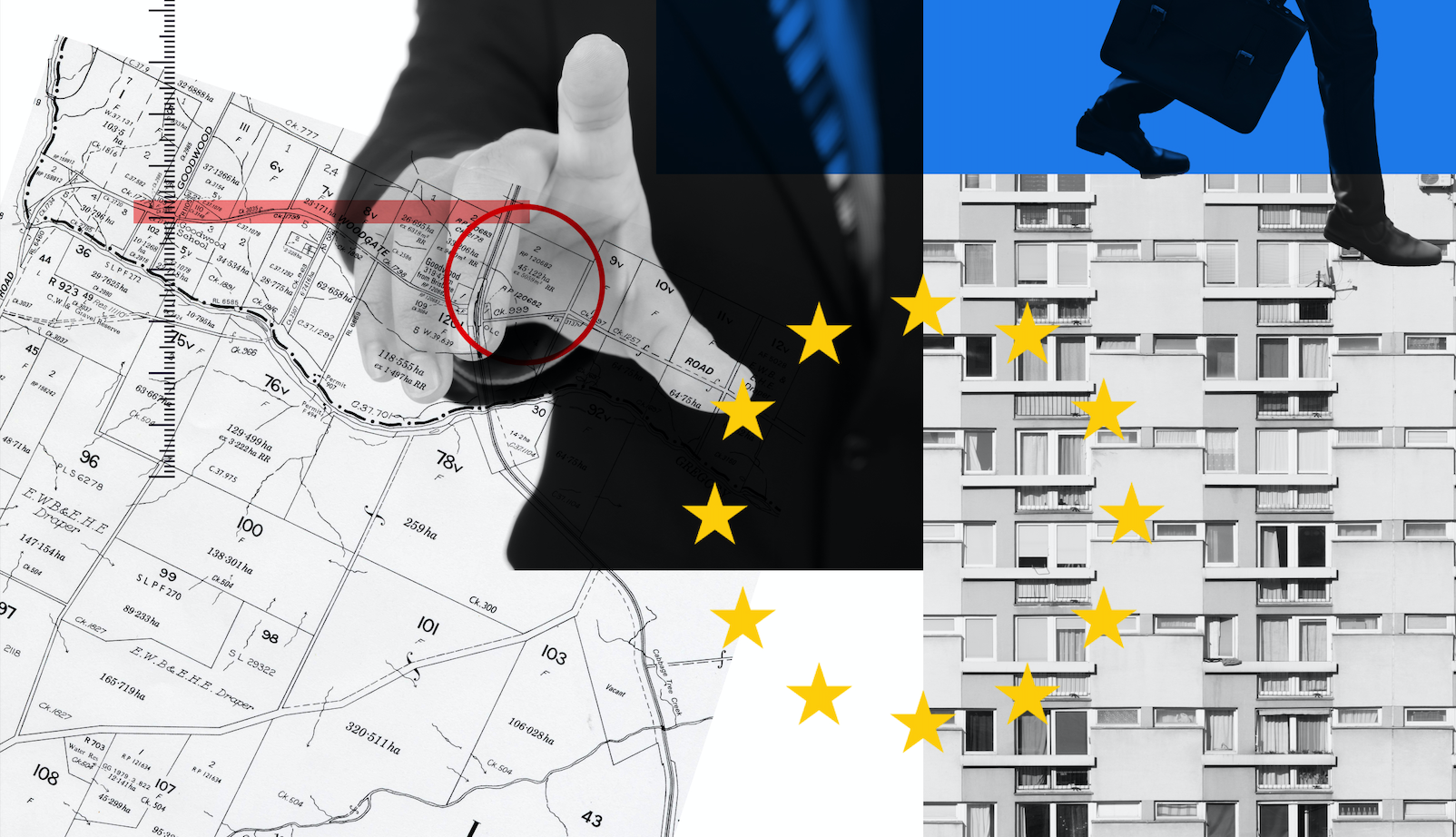European elections 2024
Can European Union do more and better to solve the most pressing urban challenges of our time such as the housing crisis? What future has been planned for European citizens by the increasingly powerful far-right parties when it comes to climate change or migration? And who are actually the people finding right-wing solutions increasingly more appealing? We have analysed the parties’ manifestos and profiles of their voters across European countries to expose what the “Right future” might look like.
What has the EU done about the housing crisis?
It’s often argued that the problem of the housing crisis is not in a power of EU to solve but has to be addressed mainly on the member states and cities level. While at the same time, everybody is aware that unaffordable housing is a problem shared by all the European cities. Our analysis of votes of MEPs on the key resolutions connected to housing show, that the resistance to any common solutions on European level comes from the right.
Voting patterns in the European Parliament reveal that right-conservative and far-right parties generally oppose more of European involvement in housing issues. They have largely voted against measures related to affordable housing, rent controls, and countering housing market financialisation, as well as compensation and rehousing for forced eviction victims.
Experts claim, that EU has more powers than it may seem. Especially in legislation that seemingly has nothing to do with the housing, such as taxation, competition or climate policies. The problem is: nobody is finding out about the impact of these policies on housing affordability.
In early 2020, the European Parliament passed resolution on the right to affordable and decent housing, highlighting concerns about the financialisation of the housing market where investors treat housing as a commodity as our investigation Cities for rent has shown. And indeed, the topic of housing crisis has never been addressed as much as in the currently ending term. How will that change after the elections?
The “Right future”
Far-right parties are on rise in most of Europe. But how they differ across countries? We have collected election programmes of 14 national conservative to far-right parties to analysed their stance on six key topics: migration, climate, foreign policy, EU body, subsidies and Ukraine support.
The results? Right-wing parties want strong national states, less climate protection and more border protection for Europe. It is hardly surprising that the right-wing parties, some of which are openly xenophobic, are largely in agreement when it comes to immigration. But on many topics they are far from being in accordance.
While Swedish Democrats or Polish PiS are advocating for the support of Ukraine, German AfD wants to revive German-Russian relations to get cheap gas from the East. Neither the parties agree on the relation to the EU itself.
Some demand even more EU funding, some wish to dissolve EU completely such as AfD in Germany or SPD in Czechia. On the other hand, Polish PiS, for example, wants more European money for domestic farmers. Fratelli d’Italia are calling for more support from the EU, particularly for education, better healthcare systems and social policy in order to increase the birth rate.
When it comes to the climate policy, almost all the analysed parties reject the Green Deal. However, apart from several PiS functionaries, only the AfD denies that humans are the cause of the climate crisis.
According to experts, many right-wing parties concealed their extreme positions in their election programmes and campaigns. Some already even become a part of the governmental establishment in their countries.
Who are the far-right voters
The radical right parties can no longer be ignored—they are co-governing across Europe: in Italy, Sweden, Hungary, and soon, the Netherlands. And they have increasingly succeeded in attracting a more diverse group of voters.
By analysing the European Social Survey data (a large-scale questionnaire survey conducted across Europe since 2002), we have identified who are the voters of the parties, that might soon bring about a new political shift across Europe. And how they differ across European countries.
Experts explain, that the profile of the far-right voter is changing. The larger the party, the more it resembles the rest of the population. The far-right parties themselves are also trying to attract a broader group of voters, such as successfully performed by Giorgia Meloni in Italy, who managed to attract new groups of voters, such as women.
In Poland and Hungary, completely different movements are visible. Voters of PiS and Fidesz often seemed to resemble the rest of the population. Gender, education level, income – the differences were small or nonexistent. But in recent years, young people have drifted away from PiS – the party now mainly relies on older voters. Similarly, highly educated individuals no longer vote for the party, though they did before.
Man. Lower educated. Over 50. More often in financial trouble. Lives in rural areas. Disappointed in politics. Looking for a strong political leader.
These are the clichés about voters of radical right-wing parties. And for a long time, these assumptions were accurate in Western Europe: radical right voters were more often male, older, less educated, and less well-off. But these clichés are not always true anymore.



